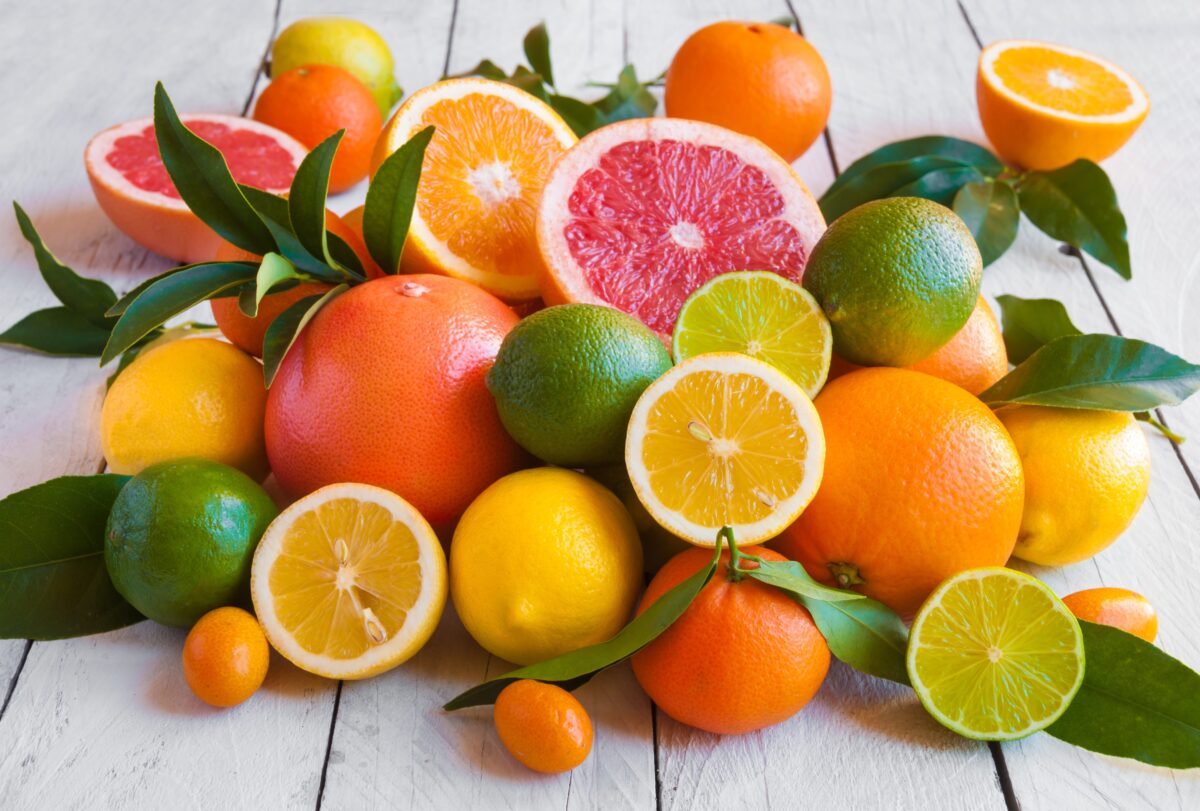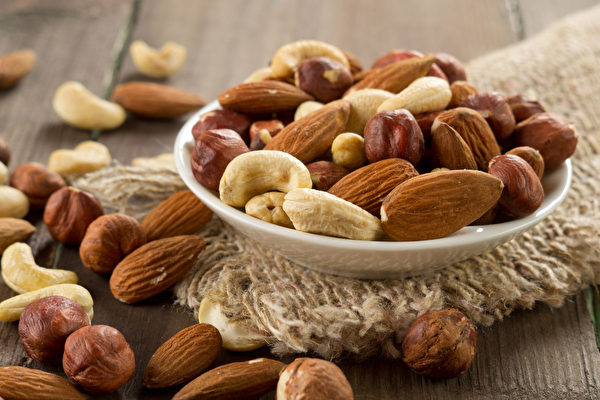Nitric Oxide Loss: The Single Most Important Factor Impacting Cardiovascular Health
Nitric oxide (NO) is one of the most important signaling molecules in our body involved in virtually every organ system. Some researchers say that there is a very clear progression of cardiovascular disease that begins with the loss of NO production. (R)
Every age-related disease and every chronic disease—whether it manifests in the kidney, the brain, the heart, or the liver—has a vascular component, explained Nathan S. Bryan, Ph.D., an international leader in molecular medicine and nitric oxide biochemistry. Bryan says that the common trait that they all share is a lack of oxygen-rich blood reaching a part of the body and this is dependent on nitric oxide.
The lack of NO production can lead to high blood pressure, sexual dysfunction, and chronic inflammatory vascular disease leading to heart attack, stroke, or heart failure.
The body naturally begins to produce less nitric oxide as we age but this gradual loss of NO can be sped up or slowed down based on individual lifestyle and diet.
Remarkably, all of the conditions mentioned above have been shown to be improved by dietary nitrite and nitrate interventions. It is important to know, however, that while some natural foods high in these compounds are generally good for your health, others, like processed meats, can create problems, especially when cooked at high heat, which can turn nitrite and nitrate into problematic nitrosamines.
Knowing what can damage our body’s ability to create NO and adopting healthy habits such as a good diet and exercise can prolong the inevitable drop in NO production with age and prevent age-related disease and chronic illness, particularly cardiovascular disease.
Essential for Your Health
Dr. Caldwell Esselstyn, the Cleveland Clinic’s renowned director of the Heart Disease Reversal Program, describes nitric oxide as the single most important factor impacting cardiovascular health, stressing that NO’s most important function is vasodilation.
This means it helps the inner muscles of your blood vessels to relax and widen, enabling your blood to move freely, and delivering oxygen and nutrients to your whole body more efficiently.
Esselstyn also highlights several more of its notable benefits that include:
- Inflammation Fighter: NO prevents inflammation and arterial thickening that can restrict blood flow, cause hypertension, and increase the workload on your heart.
- Plaque Preventer: NO reduces the stickiness of LDL and other elements in our blood that leads to plaque build-up in our arteries.
NO also has a profound predictive value for Alzheimer’s disease progression. The common denominator in any brain/neurological disorder is a loss of regulation of blood flow, and that is all dependent on NO. Alzheimer’s and vascular dementia have reduced blood flow to the prefrontal cortex.
When you can’t make NO, you lose regulation, and this affects every organ in your body.
Related: Best Nitric Oxide Supplements
Things That Affect Our NO Production
It has been well established that the oral and gut bacteria microbiome play a role in NO production. Because of this, anything that destroys your beneficial bacteria can cause your blood pressure to go up and put you at increased risk for heart attack, stroke, and dementia.
“The salivary glands and oral bacteria play an essential role in the conversion process from nitrate (NO3-) and nitrite (NO2-) to nitric oxide (NO) in the human body,” notes a review study published in the Journal of Dental Research.
That means antiseptic mouthwashes can reduce NO production by wiping out the nitrate-producing bacteria among your oral microbiome.
A study published in Frontiers in Cellular and Infection Microbiology in 2019, warns that research has found that “oral antiseptics resulted in increases in systolic blood pressure.”
The study looked specifically at chlorhexidine, an antiseptic used in mouthwash.
“Twice-daily chlorhexidine usage was associated with a significant increase in systolic blood pressure after 1 week of use and recovery from use resulted in an enrichment in nitrate-reducing bacteria on the tongue.”
In other words, blood pressure rose when people used it and fell within a week after they stopped and helpful bacteria repopulated their tongues.
Oral antibiotics can also unsettle these bacteria since they not only kill the bad bacteria but also the good in your gut microbiome. The same goes for antibacterial soaps and hand sanitizers.
Research has found that proton-pump inhibitors (PPIs) also decrease NO and are linked to a significantly increased risk of heart attack and stroke.
Signs of Decreased NO
Typically, normal NO production falls long before a diagnosis is possible and so it is important to look for symptoms and take action to address any deficiency.
A decrease in NO production will lead to a decrease in blood flow, and, clinically, this manifests in several ways:
- Increased blood pressure.
- Chronic inflammatory vascular disease with plaque deposition in the lining of blood vessels.
- Arteries become dysfunctional.
- Erectile dysfunction in men.
- Vasculogenic female sexual dysfunction.
Because of NO’s critical role in keeping blood flowing through the veins, a reduction can lead to heart attack or stroke, the leading killers of men and women worldwide.
NO Supporting Foods
If you are not getting enough nitrite in your diet, this puts you at risk for every single age-related and chronic degenerative disease.
Adopting healthy habits such as a good diet and exercise can prolong the precipitous drop in NO production with age. Here are some foods that help support and boost your body’s production of nitric oxide.
Beets
Beetroot has one of the highest concentrations of dietary nitrate in the plant kingdom ranking just after leafy greens. In one study, participants who were given 70 milliliters (4 tablespoons) of beetroot juice were shown to have elevated NO levels by 21.3 percent after 45 minutes and 20.3 percent after 90 minutes.
Leafy Greens
One study found that aged garlic extract temporarily increased NO production by 30-40 percent from 15 to 60 min after administration.
Meat
Meat is an excellent source of CoQ10 which is shown to increase NO levels. Studies show that getting enough CoQ10 in your diet can help athletes perform better, recover faster, and prevent injury.
Dark Chocolate
Citrus Fruits

Citrus fruits are a great source of vitamin C. Vitamin C can increase the amount of NO in your body, which can improve the way blood vessels function.
Nuts and Seeds

Nuts and seeds are sources of L-arginine, an amino acid that plays a role in the production of nitric oxide. For example, one study showed that eating L-arginine-rich foods was associated with higher levels of NO.
NO Releasing Workout Strategy
Research finds exercise is one of the most important ways to increase your available nitric oxide.
“Regular exercise helps arteries by boosting the endothelial cells’ nitric oxide production,” notes an article in Harvard Health.
“There is concrete evidence that physical activity enhances NO [nitric oxide] production,” concludes a study published in The Journal of Sports Medicine and Physical Fitness in 2021.
Dr. Zach Bush is a physician specializing in internal medicine, endocrinology, and hospice care. You can find his The Four Minute Workout easily online. It is designed to maximize the body’s ability to regenerate NO by exercising the 16 largest muscle groups in your body in just four minutes.
Because blood vessels only store about 90 seconds worth of NO before they need to manufacture more, working each major muscle group out for 90 seconds gives you the most efficient workout to tone and build muscles.
The body can also regenerate NO every couple of hours, so Bush says that because of this, “the most effective way to increase your muscle function is to work out very briefly every few hours.”
About the Author: Christy A. Prais received her business degree from Florida International University. She is the founder and host of Discovering True Health, a YouTube channel and podcast dedicated to health and wellness. Prais also serves on the advisory board at the Fostering Care Healing School. She is a contributing journalist for The Epoch Times.





.png)

Comments
Post a Comment